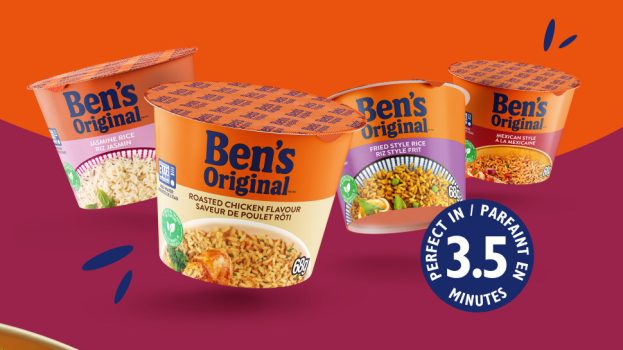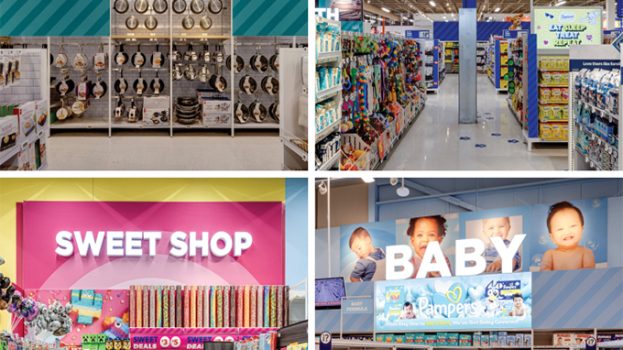This article appears in the May 2017 issue of strategy.
The digital space gets all the attention these days when it comes to engaging consumers. However, smart, strategic executions still happen in the physical world. Here are a few brands that created unique retail experiences, from launching schools and mobile soup kitchens to introducing robot escorts in stores.
 KFC takes doubters to school
KFC takes doubters to school
Some people have perfectly valid health concerns about eating at fast-food chains, but some of that has spun into urban myths. You can look to McDonald’s “Our Food. Your Questions” campaign or Wendy’s “Fresh Never Frozen” tagline for ways QSRs have tackled misconceptions about what’s in their food or how it’s made. But KFC opted to go more hands-on.
Working with Edelman, the chain invited Toronto, Calgary and Vancouver consumers to attend cooking classes held in the restaurant’s kitchens. While the Colonel’s famous blend of herbs and spices remained a secret, attendees were trained to prep and cook the chicken just as the staff would. Later, the brand launched a campaign by Grip pushing to an online version of the school – “The Colonel’s College For Chicken Knowledge” – that gave curious cooks who couldn’t attend the classes step-by-step instructions on how to make Colonel-approved fried chicken in their home (though they were on their own when it came to the herbs and spices).
The cooking school is meant to get “people into an experience,” Beverley D’Cruz, marketing director for KFC, told strategy. “With an ad, there’s always the skepticism of ‘Oh, it’s just a marketing campaign and they make the chicken look nice,’ but when they stand in the kitchen and see all the chicken come out of the fryer and see it looks the same as on TV, it’s more authentic and real.”
 Campbell’s roster of soup kitchens
Campbell’s roster of soup kitchens
The pop-up soup kitchen concept has been surprisingly versatile for Campbell’s. The original Cantina – launched in Toronto in 2016 and later recreated in Montreal – not only enlisted chefs to build restaurant-quality recipes out of Campbell’s soups that people could bring home to recreate, but encouraged people to sit and enjoy a meal together. When it came time to promote the company’s more upscale Everyday Gourmet line of soups, Campbell’s worked with Diamond Integrated Marketing to create a smaller, bistro-style “soup bar” that was transported to shopping centres and trade shows across Canada.
“The Cantina was about creating a shared sense of belonging and showing consumers the soup they know can be so much more,” said Moya Brown, VP of marketing at Campbell’s. “For Everyday Gourmet, we’re focused on trial of the soup itself, so it’s showing them how great it is right off the shelf.”
 LoweBot leads the way
LoweBot leads the way
Sprawling big box retail locations are becoming more of an anomaly for companies keen on cutting overhead costs, but when you’re a home improvement retailer like Lowe’s, you don’t really have a choice: you need copious space for the selection of light fixtures, lumber, tools and toilets customers expect you to stock, as frustrating as that might be to navigate.
That’s where LoweBot comes in. Currently being rolled out at locations in California, the multilingual robot asks customers simple questions about what they’re looking for, figures out if it’s in stock and where to find it in the store, and then escorts the shopper to the product they need. That’s a small (but fascinating) experiential touch that can help consumers navigate Lowe’s endless aisles.























